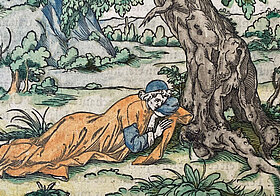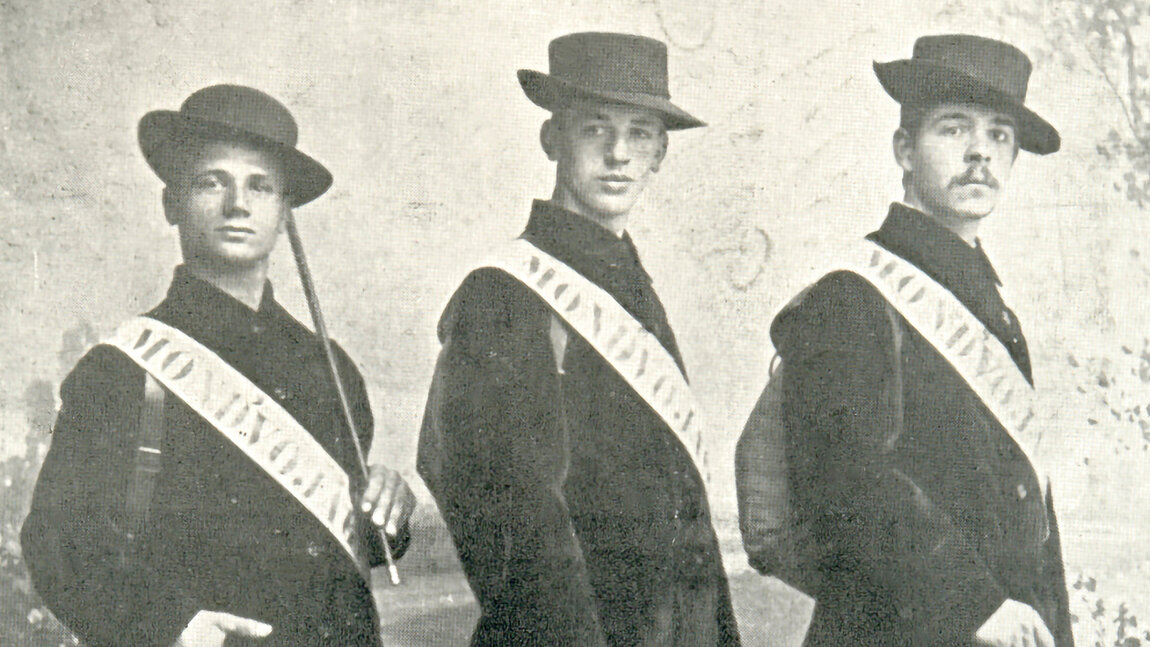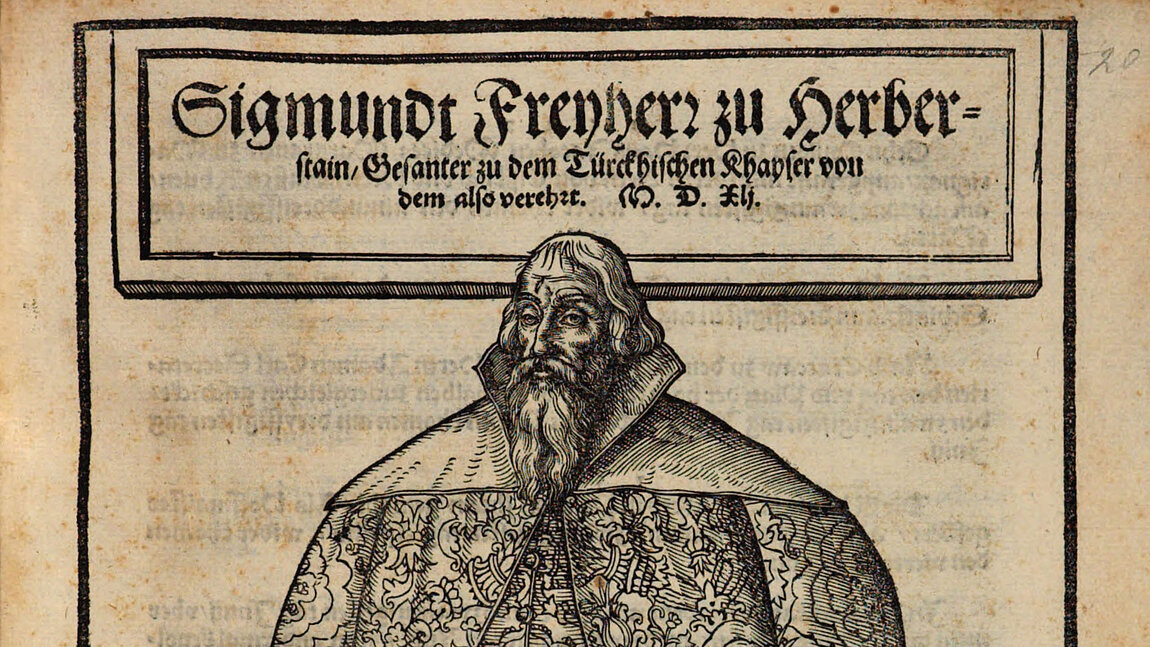You vote, we exhibit!
In 2024, the Austrian National Library will once again present six "special exhibits" from its extensive holdings in the State Hall.
You can help decide which objects will be exhibited via online voting. In each of the six votings, there are three objects to choose from.
The "special exhibit" on display will be accompanied by a free expert talk, a blog post and a video (only available in German).
Online voting for the next "Special Exhibit"
Which "special object" do you want to admire at a presentation? Vote now! Three exceptional objects from the holdings of the Austrian National Library are up for selection. Voting is possible from November 19 to December 2, 2024. This "special exhibit" will be on display from March 11 to April 24, 2025 in the State Hall of the Austrian National Library and at an expert lecture on March 18, 2025.
Farewell spring fever
Of broken hearts and other love dramas
Unrequited love often leads to an emotional labyrinth of deep loss, painful longing and overwhelming tragedy. Three objects from the extensive collections of the Austrian National Library deal intensively with lovesickness and the shattered dream of love.
Thank you for voting!
The result will be displayed on this website starting December 3, 2024.
September 30, 2024 - December 1, 2024
New and improved question and answer cards
The winner of our most recent online voting "In the Salon" for the special exhibit is object 3: "New and improved question and answer cards" (parlor game, c. 1860). The winning object will be on display in the State Hall of the Austrian National Library from September 30 to December 1, 2024 and will be presented at an expert lecture (in German) on October 8.
December 2, 2024 – January 12, 2025
Mondvojaĝantoj – World Traveller
The winner of our most recent online voting "A voyage around the world" for the special exhibit is object 3: "Mondvojaĝantoj – World Traveller" (photograph, 1911). The winning object will be on display in the State Hall of the Austrian National Library from December 2, 2024 to January 12, 2025 and will be presented at an expert lecture (in German) on December 10.
January 14, 2025 – March 9, 2025
The velvet and sable of Siegmund Baron von Herberstein
The winner of our most recent online voting "The dream of flying. Of flying machines and balloon flights" for the special exhibit is object 3: "The velvet and sable of Siegmund Baron von Herberstein" (book, Vienna, 1560). The winning object will be on display in the State Hall of the Austrian National Library from January 14 to March 9, 2025 and will be presented at an expert lecture (in German) on January 21, 2025.
Please note the opening hours during the holidays.






